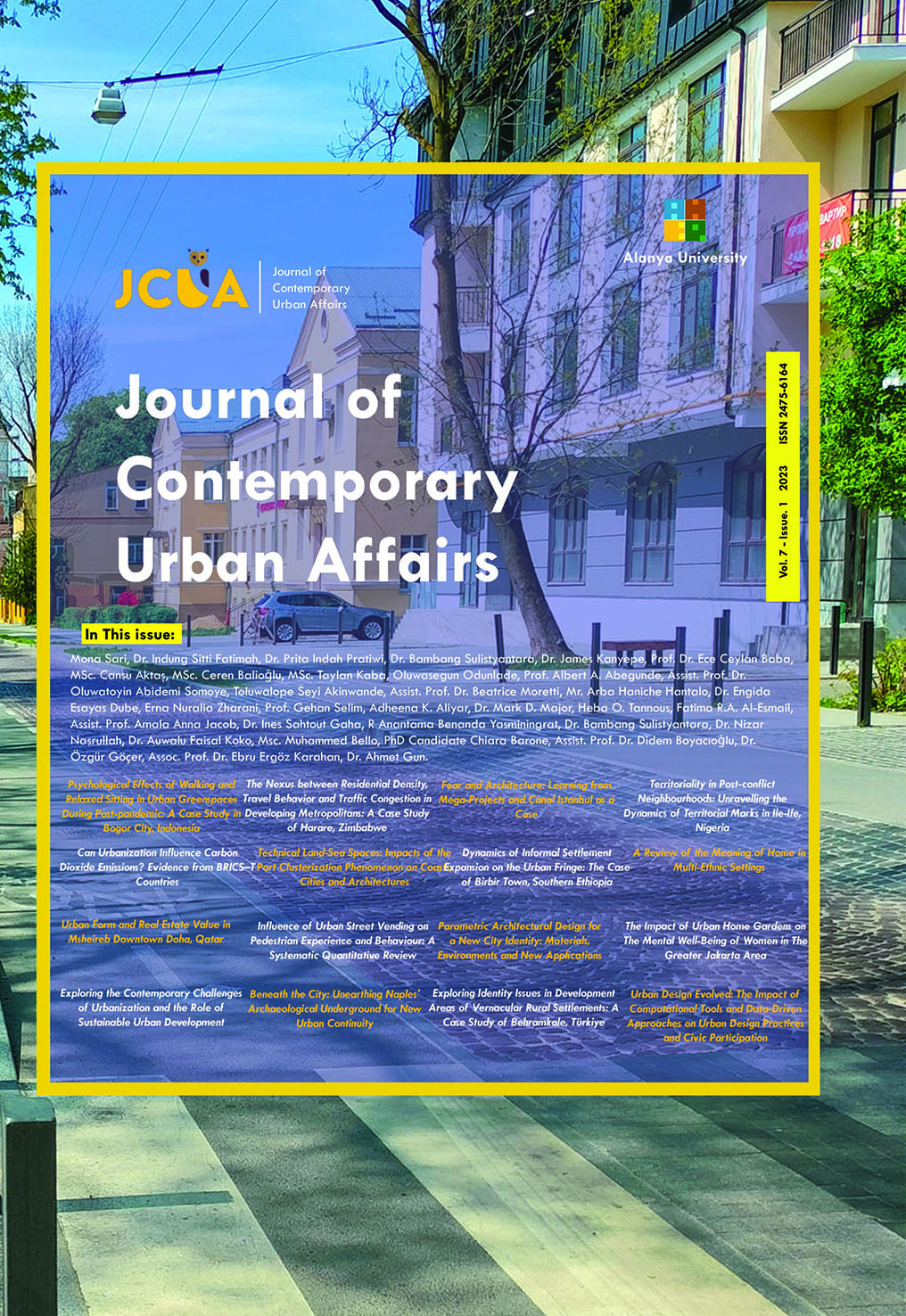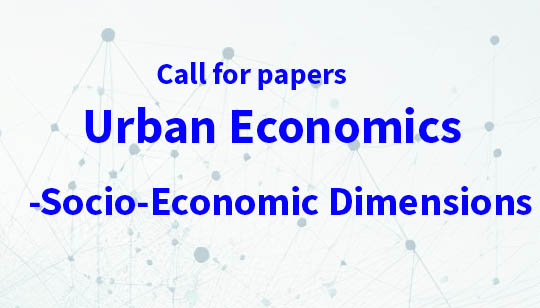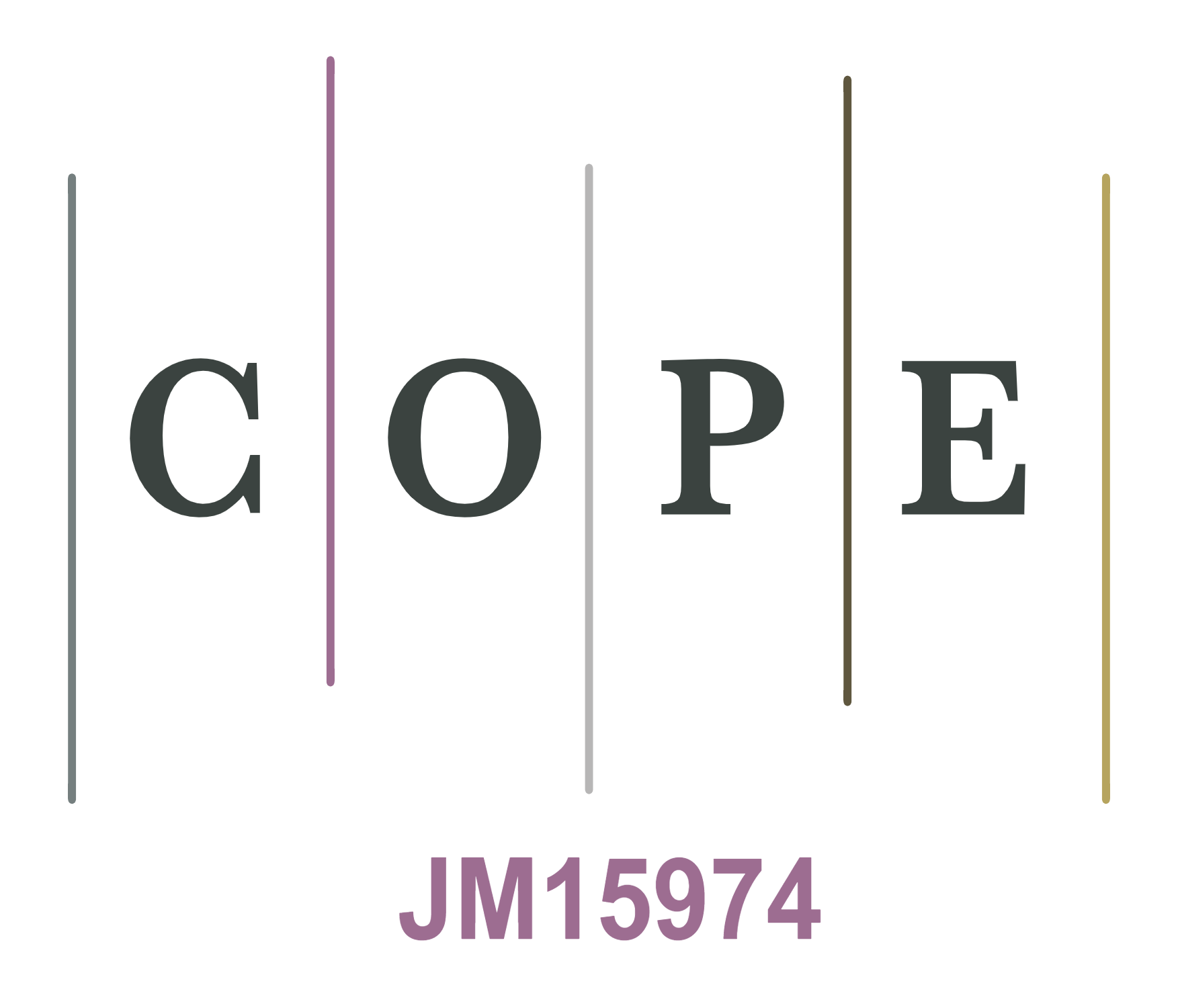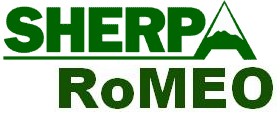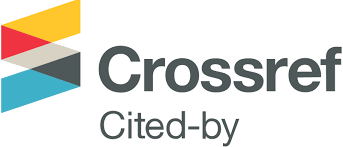Parametric Architectural Design for a New City Identity: Materials, Environments and New Applications
DOI:
https://doi.org/10.25034/ijcua.2023.v7n1-9Keywords:
Parametric Design, Architectural Modeling, Environments, City Identity, Constructive Parametric DesignAbstract
In contemporary architectural Design, we speak of a parametric structural design. A design that integrates new functionalities crossed with the spatial geometry of objects. It has been considered structured because it optimizes combinations that integrate a minimum of materials and data to respond to functions, uses, and needs more adapted to a society in perpetual evolution. Parametric modelling allows the usability of new materials and the integration of new structures in a variety of design environments. This transdisciplinary research explores aspects of parametric modelling, a design method that creates digital models using algorithms and parameters. By focusing on the material and immaterial plurality of the designed space, this method enables the generation of complex and innovative forms that would be difficult to realize with traditional methods. Then, from a position that redefines the city as both a "medium" city and an "object" city, we explore the fields of application and novelties that are investing in the fields of architectural construction. We examine how parametric modelling can be used to create more sustainable and environmentally efficient buildings, using parametric processes, and optimizing the use of space. In this sense, our research will lead us to identify two aspects of parametric modelling: the conceptual parametric design aspect and the constructive parametric design aspect. Finally, the results of our research enable us to identify a design process that demonstrates the feasibility of using parametric modelling to generate viable, sustainable, and versatile spaces.
Downloads
References
Agbodan, D., Marcheix, D., Pierra, G., & Thabaud, C. (2023). A topological entity matching technique for geometric parametric models. 2003 Shape Modeling International, 235-244. https://doi.org/10.1109/smi.2003.1199623
Aish, R., & Robert, W. (2005). Multi-level Interaction in Parametric Design. Lecture Notes in Computer Science-International Symposium on Smart Graphics. volume 3638, pp. 151–162. Berlin, Heidelberg: Springer. https://doi.org/10.1007/11536482_13
Ajla, A. (2016). Integrating Innovation in Architecture. Dans A. Ajla, Integrating Innovation in Architecture: Design, Methods, and Technology for Progressive Practice and Research (pp. 60-127). John Wiley & Sons, Ltd. https://doi.org/10.1002/9781119164807.ch2
Alain, F. (1999). ARCHITECTURE AND COMPLEXITY. The third Labyrinth. Passion Editions.
Apellániz, D., & Vierlinger, R. (2022). Enhancing structural design with a parametric FEM toolbox. Steel Construction, 15(3), 188-195. https://doi.org/10.1002/stco.202200004
Branko, K. (2003). Kolarevic Architecture in the Digital Age: Design and Manufacturing. London: Taylor & Francis. https://doi.org/10.4324/9780203634561
Camagni, R. (1998). Sustainable urban development: definition and reasons for a research programme. International Journal of Environment and Pollution, 10(1), 6-27. https://doi.org/10.1504/IJEP.1998.002228
Cerdà, I. (2022). General theory of urbanization 1867. Spain: Actar D, Inc
Domenica, C., Arianna, G., & PEPE, M. (2022). 3D MODELLING OF BUILDINGS AND URBAN AREAS USING GRASSHOPPER AND RHINOCERSOS. Technical Geography - an International Journal for the progress of Scientific Geography, Vol 17(Issue 1), 167-176. https://doi.org/10.21163/gt_2022.171.13
Feriel, B. B., Kitouni, I., & Sassi Boudemagh, S. (2018). Investigating the Synergy of Integrated Project Delivery and Building Information Modeling in the Conservation of the Architectural Heritage. (A. H. Universitesi, Éd.) Journal of Contemporary Urban Affairs, 2, 67-77.
https://doi.org/10.25034/ijcua.2018.4720
Fink, T., & Reinhard, K. (2019). Integrated Parametric Urban Design in Grasshopper. Rhinoceros 3D Demonstrated on a Master Plan in Vienna. Blucher Design Proceedings, 313-322. https://doi.org/10.5151/proceedings-ecaadesigradi2019_398
Frazer, J. (2016). Parametric Computation: History and Future. Archit. Design, 86, 18-23. https://doi.org/10.1002/ad.2019
Giuseppe, C. (2021). Use of Parametric Approach for User-Oriented Development in Building Design: Preliminary Investigations. The Academic Research Community Publication, 5(1), 74–80. https://doi.org/10.21625/archive.v5i1.826
Helmut, P., Andreas, A., Michael, H., & Kilian, A. (2009). Architectural geometry. Ambra Verlag.
Hillier, B. S. (2007). Space is the machine: a configurational theory of architecture. (C. Altmann, Éd.) United Kingdom, London E1 5LN, United Kingdom: Space Syntax
Kelly, T. (2014). Unwritten procedural modeling with the straight skeleton. Glasgow Theses Service. University of Glasgow. http://theses.gla.ac.uk/id/eprint/4975
Lafhaj, Z., AlBalkhy, W., & Linner, T. (2023). Teaching Construction Robotics for Higher Education Students:" Imagine and Make". Construction Robotics, 7(1), 65-75. https://doi.org/10.1007/s41693-023-00092-9
Lassave, P. (1992). Cities and urban civilization, 18th-20th centuries Edited by M. Roncayolo and Th. Paquot. (M. R. Paquot, Éd.) The Annals of Urban Research, 55(1), pp. 201-202. https://www.persee.fr/doc/aru_0180-930x_1992_num_55_1_1689_t1_0201_0000_1
Lynch, K. (1984). Reconsidering The Image of the City. Dans L. Rodwin, & R. M. Hollister (Éds.), Cities of the Mind: Images and Themes of the City in the Social Sciences (pp. 151-161). Boston, MA: Springer US. https://doi.org/10.1007/978-1-4757-9697-1_9
Oxman, R., & Gu, N. (2015). Theories and Models of Parametric Design Thinking. Proceedings of the 33rd eCAADe Conference, Volume 2, pp. 477-482. Vienna University of Technology, Vienna, Austria. https://doi.org/10.52842/conf.ecaade.2015.2.477
Patrick, J., & Rudi, S. (2015). Types of parametric modelling (pp. 157-166). Proceedings of the 20th International Conference of the Association for Computer-Aided Architectural Design Research in Asia (CAADRIA), 157-166. https://doi.org/10.52842/conf.caadria.2015.157
Peters, T., & Brady, P. (2018). Introduction. Computing the Environment: Design Workflows for the Simulation of Sustainable Architecture. Dans T. P. Peters, Computing the Environment (pp. x-13). John Wiley & Sons, Ltd. ISBN 9781119097921. https://doi.org/10.1002/9781119097921.ch1
Schumacher, P. (2016). Parametricism 2.0: Gearing Up to Impact the Global Built Environment. (L. John Wiley & Sons, Éd.) Architectural Design, 86(2), 8-17. https://doi.org/10.1002/ad.2018
Semlali, A. (2017). Heritage in the Digital Age. State and perspective(s). Architecture, Urbanism, and Fine Arts. Tunis, Tunisia: University Publishing Center.
Sitte, C., & Stewart, C. (2013). The Art of Building Cities: City Building According to Its Artistic Fundamentals. (C. T. Stewart, Trans.) Books, Martino Fine. https://ia601500.us.archive.org/3/items/in.ernet.dli.2015.212097/2015.212097.The-Art.pdf
Sönmez, B. E. (2020, jiun). A Research on Urban Identity: Sample of Kadikoy District. A Research on Urban Identity: Sample of Kadikoy District, 4(1), 21-32. https://doi.org/10.25034/ijcua.2020.v4n1-3
Stavric, M., & Marina, O. (2011). Parametric modeling for advanced architecture. International Journal of Applied Mathematics and Informatics, 5 (1), 9-16. https://doi.org/10.46300/91014
Turken, A. O., & Eyuboglu, E. E. (2021). E-participatory Approaches in Urban Design. Journal of Contemporary Urban Affairs, 5(2), 169-182. https://doi.org/10.25034/ijcua.2021.v5n2-2
Wassim, J., Shwe, S., Peter, T., Robert, A., & Simon, L. (2017). Enhancing parametric design through non-manifold topology. Design Studies, 52(1), 96-114. https://doi.org/10.1016/j.destud.2017.04.003
Woodbury, R. (2010). ELEMENTS OF PARAMETRIC DESIGN. (T. a. Group, Ed.) London and New York: Routledge. https://ebook.untag-sby.ac.id/items/show/288
Yanni, L. (2012). Co-Designers Cultures of Computer Simulation in Architecture. London: Routledge. https://doi.org/10.4324/9780203123065
Zeybekoglu, S. (2022). City, Urban Transformation and the Right to the City. Journal of Contemporary Urban Affairs, 4(1). https://doi.org/10.25034/ijcua.2020.v4n1-1
Published
Issue
Section
License
Copyright (c) 2023 Dr. Ines Sahtout Gaha

This work is licensed under a Creative Commons Attribution 4.0 International License.
